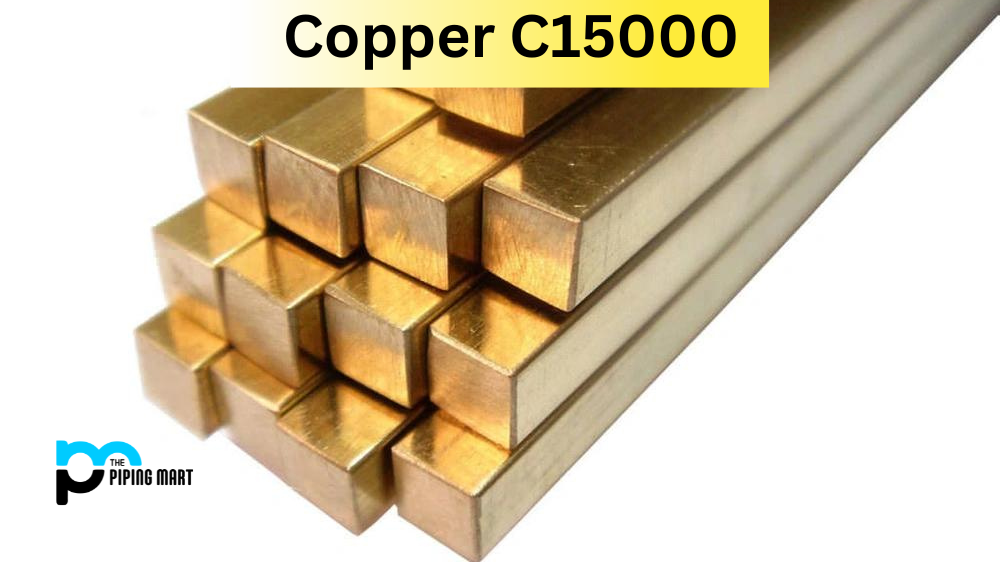Fasteners are essential components used in various applications, such as automotive, aerospace, and construction industries, to join different parts. One type of fastener commonly used in these industries is the SAE J 1453 fastener. In this blog post, we will dive into the details of SAE J 1453 fasteners, their composition, mechanical and physical properties, corrosion resistance, heat treatment, machining, and welding, providing an expert guide to understanding them.
What is the SAE J1453 Fastener?
SAE J 1453 is a specification established by the Society of Automotive Engineers for metric tubing connections. SAE J 1453 fastener is a male threaded stud that holds a female connector in the hydraulic or pneumatic system for metric tubing connections. The fastener is used with an elastomeric seal to ensure a tight bond.
SAE J1453 Composition
SAE J 1453 fasteners are made from high-strength, low-carbon steel to withstand high-pressure and corrosive environments. These fasteners are also coated with a protective layer of zinc plating to increase their resistance to corrosion and oxidation.
SAE J1453 Mechanical Properties
SAE J 1453 fasteners have high tensile and yield strength properties, allowing them to withstand high pressure when used in hydraulic and pneumatic systems. The fasteners must meet specific requirements, such as hardness, tensile strength, and yield strength, to ensure they can function efficiently.
SAE J1453 Physical Properties
SAE J 1453 fasteners have a low thermal expansion coefficient, meaning they retain their shape and size at high temperatures. Additionally, these fasteners have good ductility and toughness, which means they can withstand a certain amount of deformation before breaking.
SAE J1453 Uses
SAE J 1453 fasteners are commonly used in hydraulic and pneumatic systems in the automotive, aerospace, and construction industries. These fasteners can withstand high pressure, making them ideal for hydraulic and pneumatic systems.
SAE J1453 Corrosion Resistance
SAE J 1453 fasteners are coated with zinc plating to protect them from corrosion and oxidation. The coating also provides a uniform, smooth surface, which makes it easier to thread the fasteners into the female connectors.
SAE J1453 Heat Treatment
SAE J 1453 fasteners can undergo heat treatment processes such as annealing, quenching, and tempering. These processes allow the fasteners to achieve specific mechanical properties, such as hardness, strength, and ductility.
SAE J1453 Machining
SAE J 1453 fasteners can be machined using conventional metal cutting techniques. However, the material used to make these fasteners is rigid, making it challenging to machine. Therefore, sharp tools and low cutting speeds are recommended while machining the fasteners.
SAE J1453 Welding
SAE J 1453 fasteners can be welded using conventional welding techniques such as MIG welding, TIG welding, or Spot welding. The fasteners must undergo pre-weld heat treatment to reduce the risk of cracking or deformation.
Conclusion
In conclusion, SAE J 1453 fasteners are crucial in various applications, particularly in hydraulic and pneumatic systems with high pressure and corrosion resistance. The fasteners are made from high-strength, low-carbon steel and are coated with zinc plating to increase their resistance to corrosion and oxidation. Understanding these fasteners’ composition and mechanical and physical properties is essential to ensure their efficient and effective use. Heat treatment, machining, and welding are also necessary to consider when working with SAE J 1453 fasteners. With this expert guide, you can now understand and work with SAE J 1453 fasteners.

Abhishek is a seasoned blogger and industry expert, sharing his insights and knowledge on various topics. With his research, Abhishek offers valuable insights and tips for professionals and enthusiasts. Follow him for expert advice on the latest trends and developments in the metal industry.




